Nibe ERS S10-400 User guide
Other Nibe Fan manuals

Nibe
Nibe Contura C500 Style User manual

Nibe
Nibe FLM 40 User manual
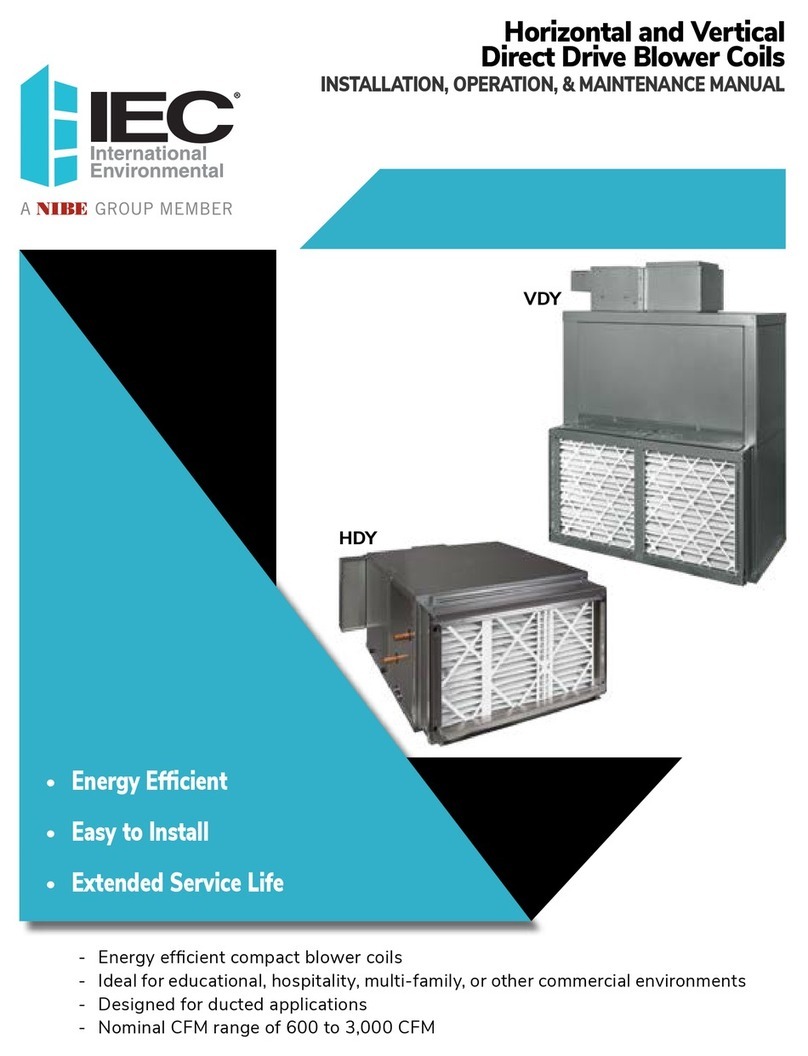
Nibe
Nibe IEC VDY Instruction manual
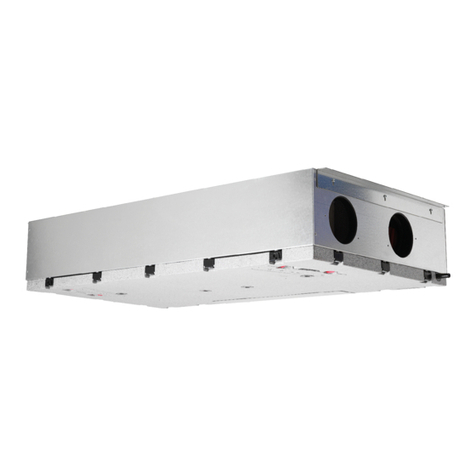
Nibe
Nibe GV-HR 130 User guide
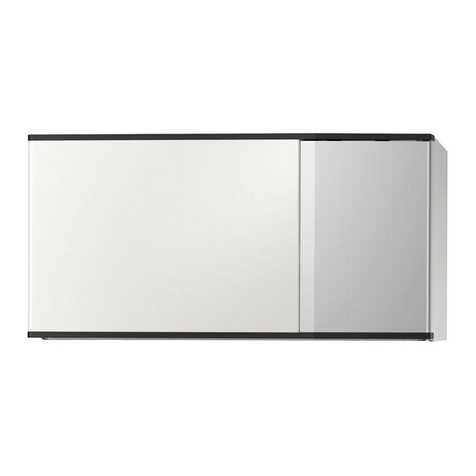
Nibe
Nibe FLM S45 User manual
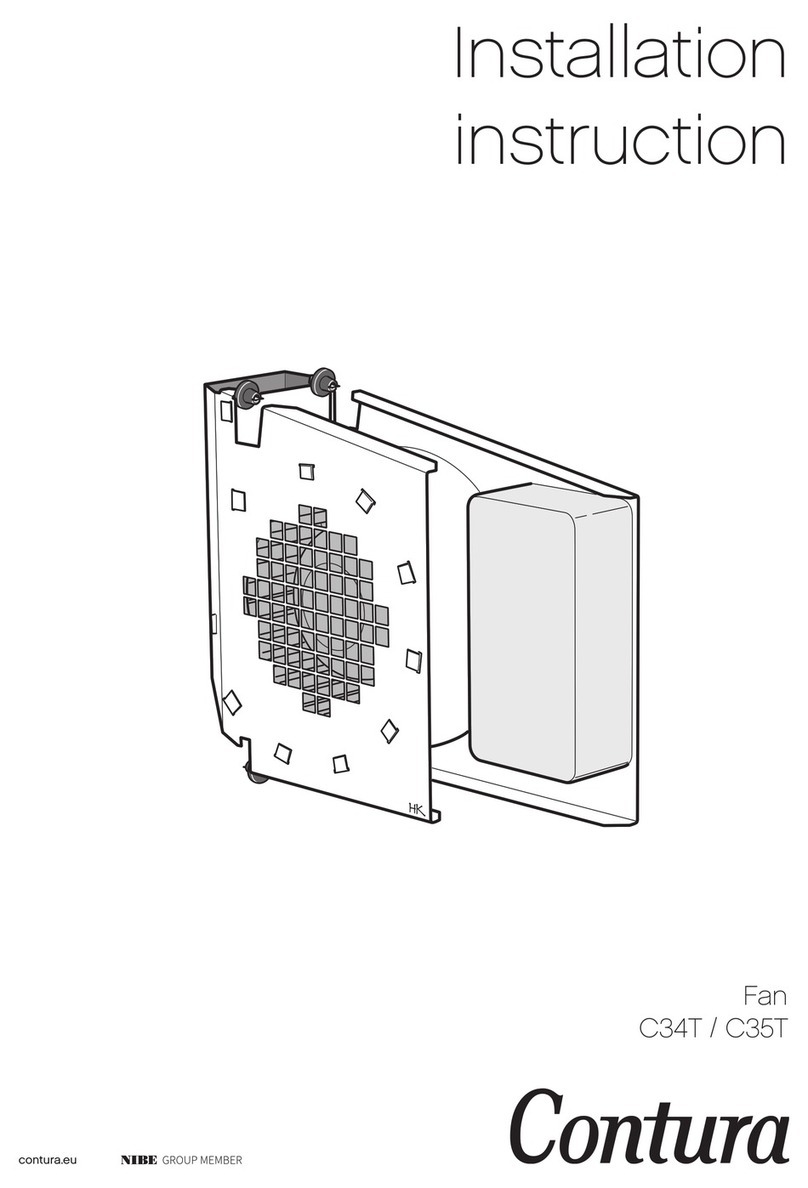
Nibe
Nibe Contura C34T User manual

Nibe
Nibe GV-HR 120 User guide

Nibe
Nibe ERS 20 User manual

Nibe
Nibe ERS S40-350 User guide

Nibe
Nibe Flakt Contura C600 User manual
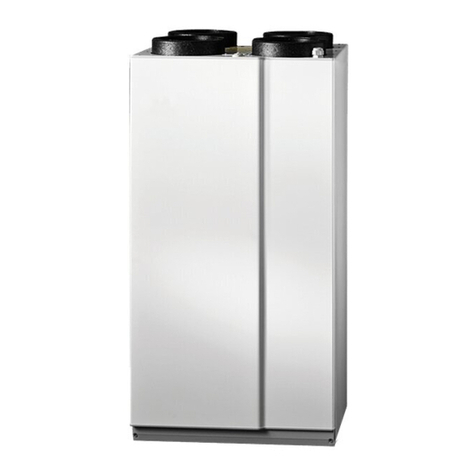
Nibe
Nibe ERS S10-400 User manual
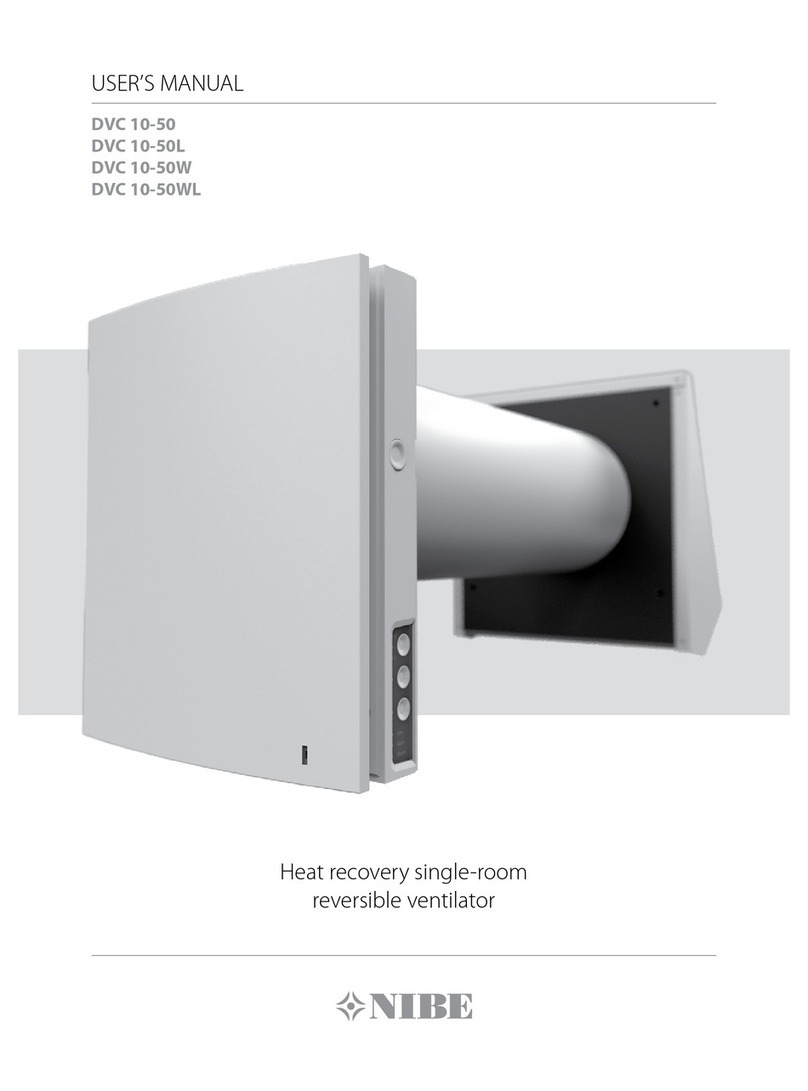
Nibe
Nibe DVC 10-50 User manual

Nibe
Nibe ESV 20 User manual

Nibe
Nibe SAM 42 User manual

Nibe
Nibe ERS 20-250 User guide
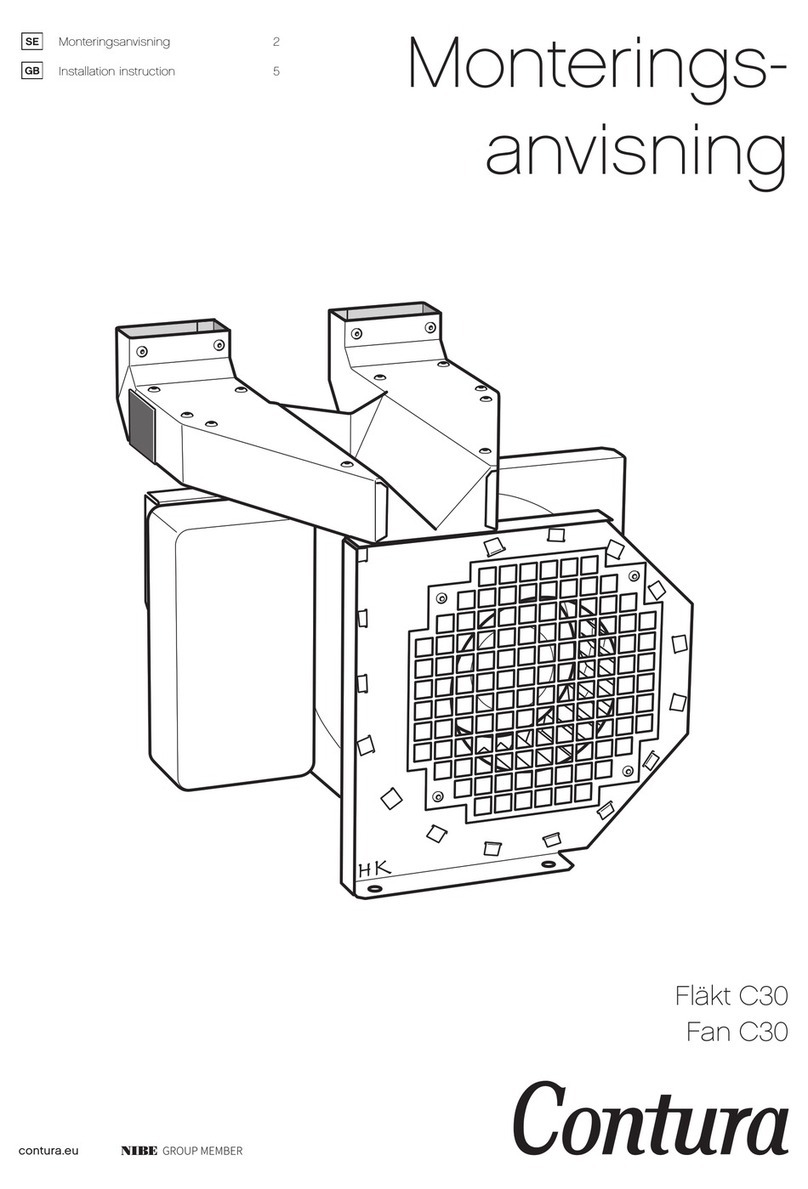
Nibe
Nibe Contura C30 User manual

Nibe
Nibe ERS S40-400 User manual

Nibe
Nibe FLM S45 User guide
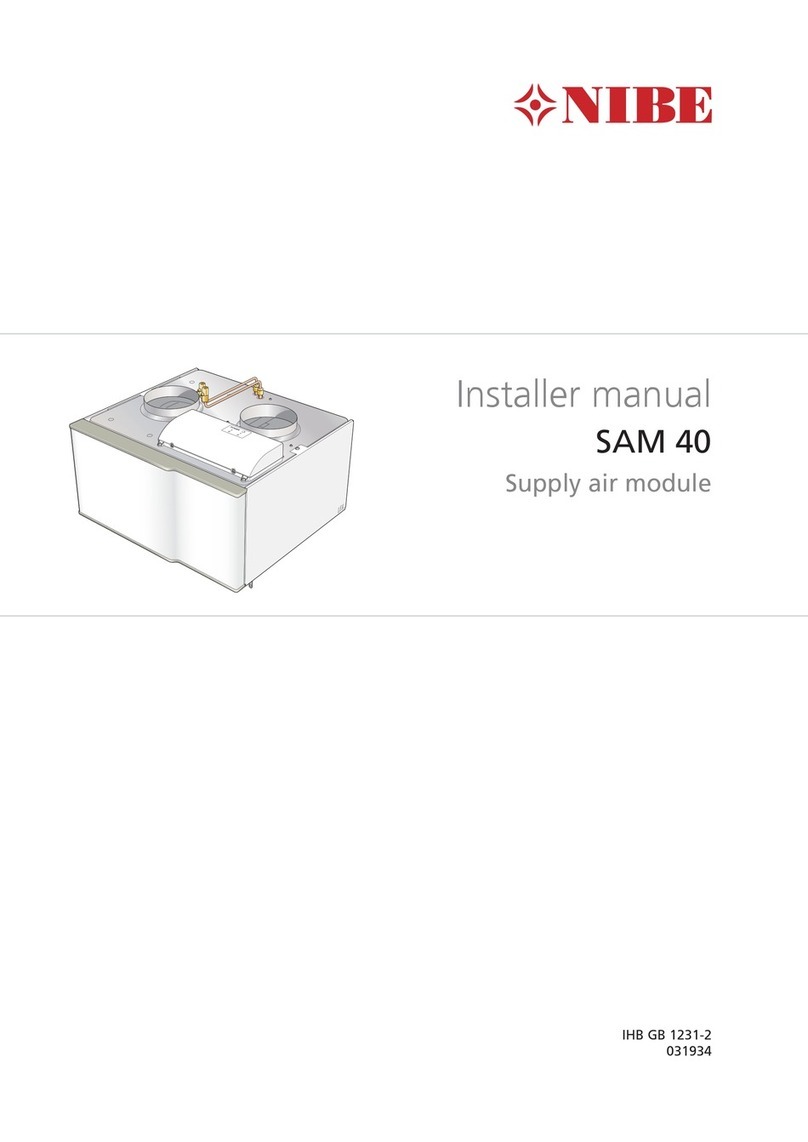
Nibe
Nibe SAM 40 User guide

Nibe
Nibe Contura C500 Style User manual
Popular Fan manuals by other brands

Harbor Breeze
Harbor Breeze RLG52NWZ5L manual

Allen + Roth
Allen + Roth L1405 instruction manual

ViM
ViM KUBAIR F400 ECOWATT Technical manual

HIDRIA
HIDRIA R10R-56LPS-ES50B-04C10 user guide

BLAUBERG Ventilatoren
BLAUBERG Ventilatoren CENTRO-M 100 L user manual

Triangle Engineering
Triangle Engineering HEAT BUSTER SPL Series owner's manual





















